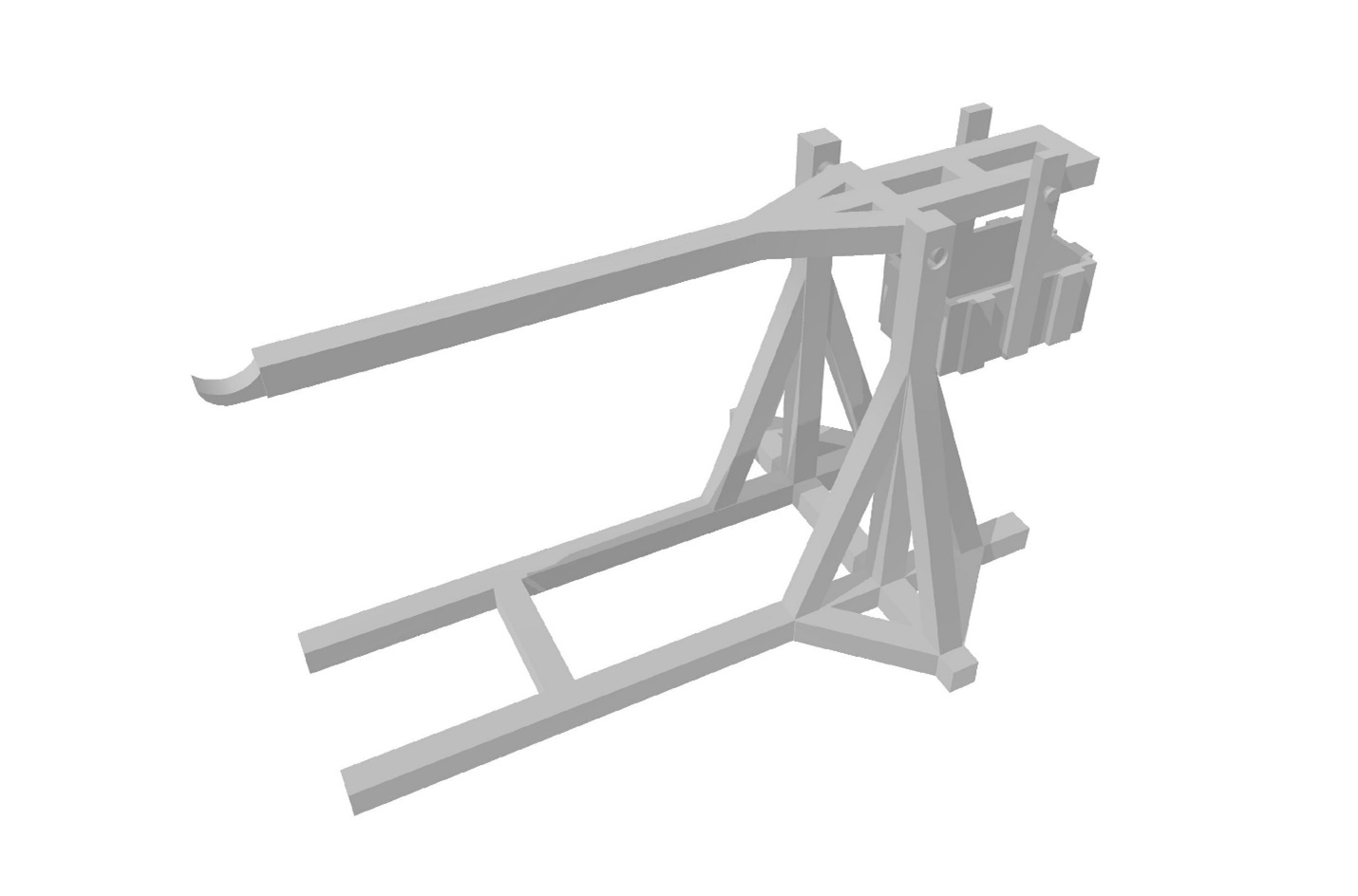Force to Energy
Newton's laws
As students begin examining Isaac Newton's three laws of motion, we will examine the fundamental concepts that govern how objects act when they are in motion. These laws will provide a framework for comprehending the flow of energy and forces within a system.
Newton's first law of motion states that if there is not an external force acting on an item, it will remain at rest. The concept of inertia and the tendency of an item to resist changes in motion until energy is applied is illustrated by this law.
An object's acceleration is directly correlated with the net force acting on it and inversely proportionate to its mass, according to Newton's second law of motion. This law can be expressed mathematically as F = ma, where “m” is the mass of the object, and “a” is the acceleration, and “F” is the net force. This law shows the link between force, mass, and acceleration all of which must be expressed in SI units and demonstrates how an external force can cause an object to accelerate or decelerate.
Every action has an equal and opposite reaction, according to Newton's third law of motion. This law will demonstrate how, in response to an application of force by one object on another, the second will apply an equal and opposite force to the first. This theory describes how the energy exchanges among the objects in a system result in balanced forces and motion.
By understanding Newton's laws of motion, students may assess and predict the behavior of components in a system using mathematical equations. In this unit, students will start with a trebuchet (Figure 1) throwing a lead weight. This experiment will provide a foundation for understanding force interactions and energy manifested in motion in a variety of settings. The designing and building of systems that rely on the concepts boosting lifting capacity also benefit from Newton's laws.

Figure 1. Trebuchet.
This course explores the inner system of energy using Newton's equations of motion. Students will also learn how to effectively apply mechanics and engineering to solve force and motion-related problems. These guidelines are used, for example, by engineers to optimize the operation of machines and automobiles and to build earthquake-resistant and wind-resistant structures.5 By applying Newton's laws, scientists can understand complicated systems and anticipate their behavior with remarkable accuracy.
All things considered, a solid basis for understanding how objects move and interact with one another within a system is provided by Newton's laws of motion. By employing these guidelines to evaluate and predict the behavior of objects in various situations, we can design and construct systems that depend on the ideas of motion and force. The fundamental ideas of Newton's laws form the basis of physics research and greatly influence our perception of the natural world.

Comments: